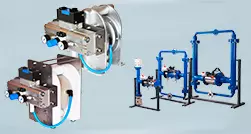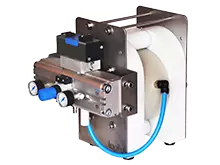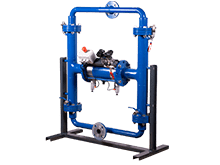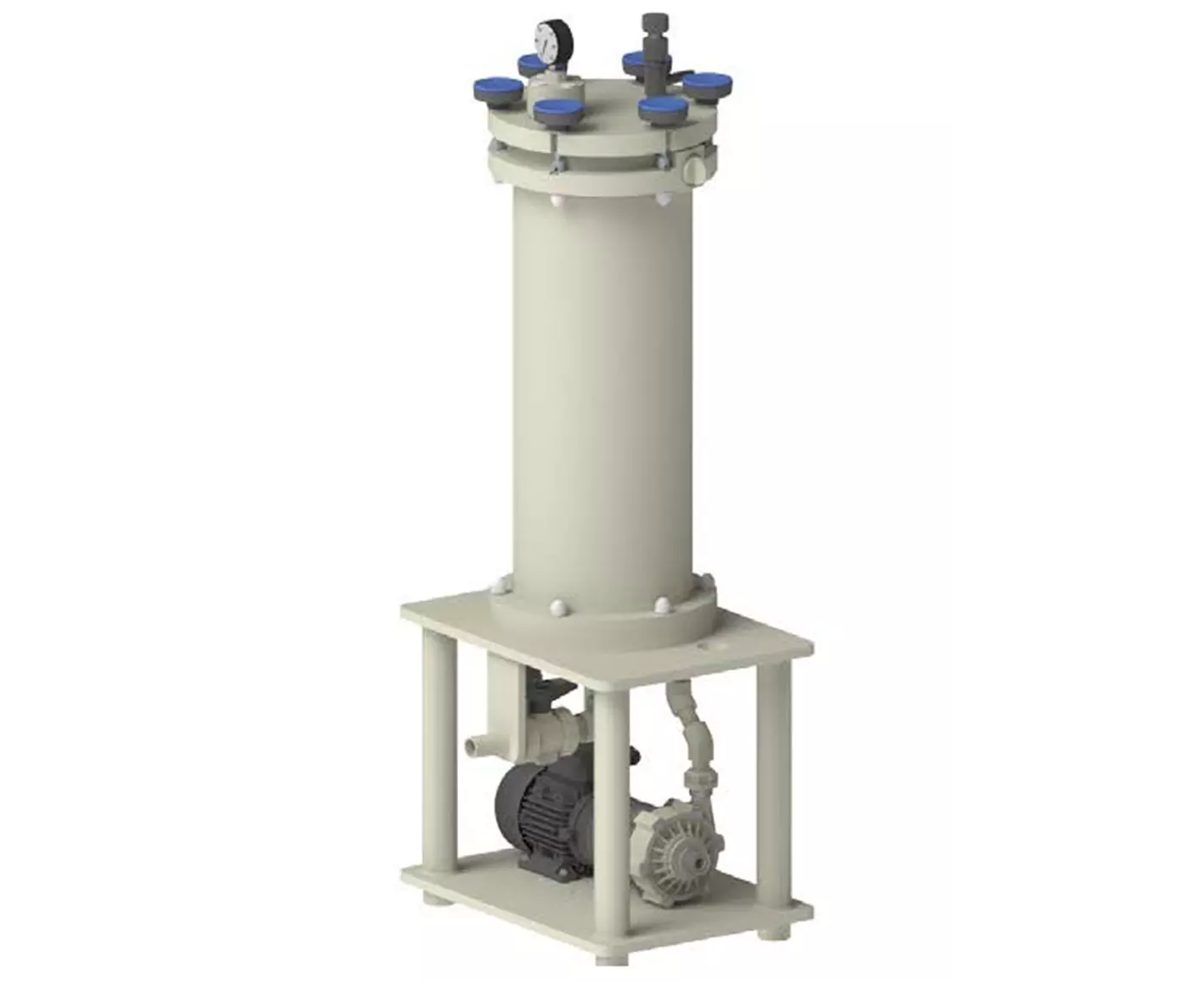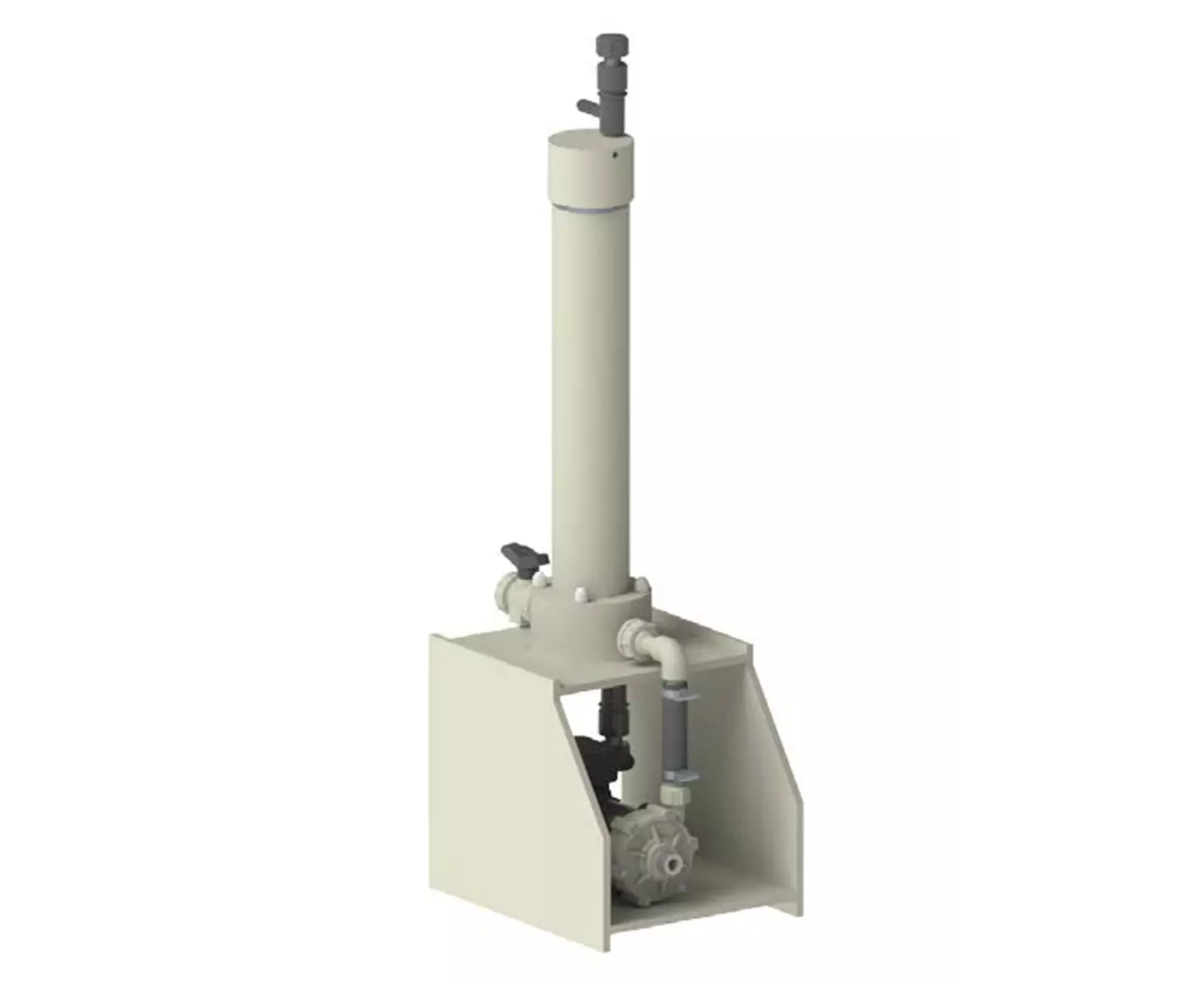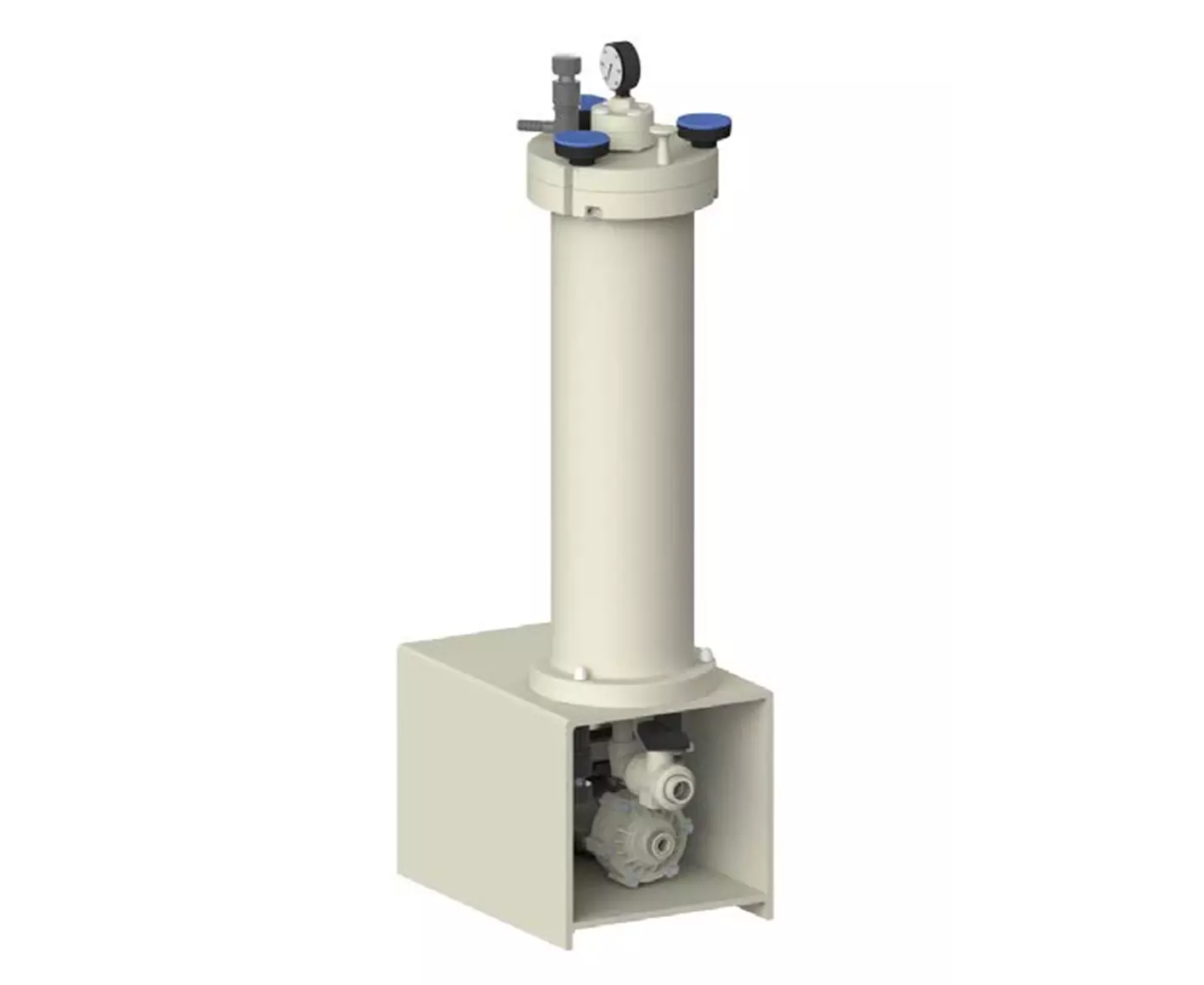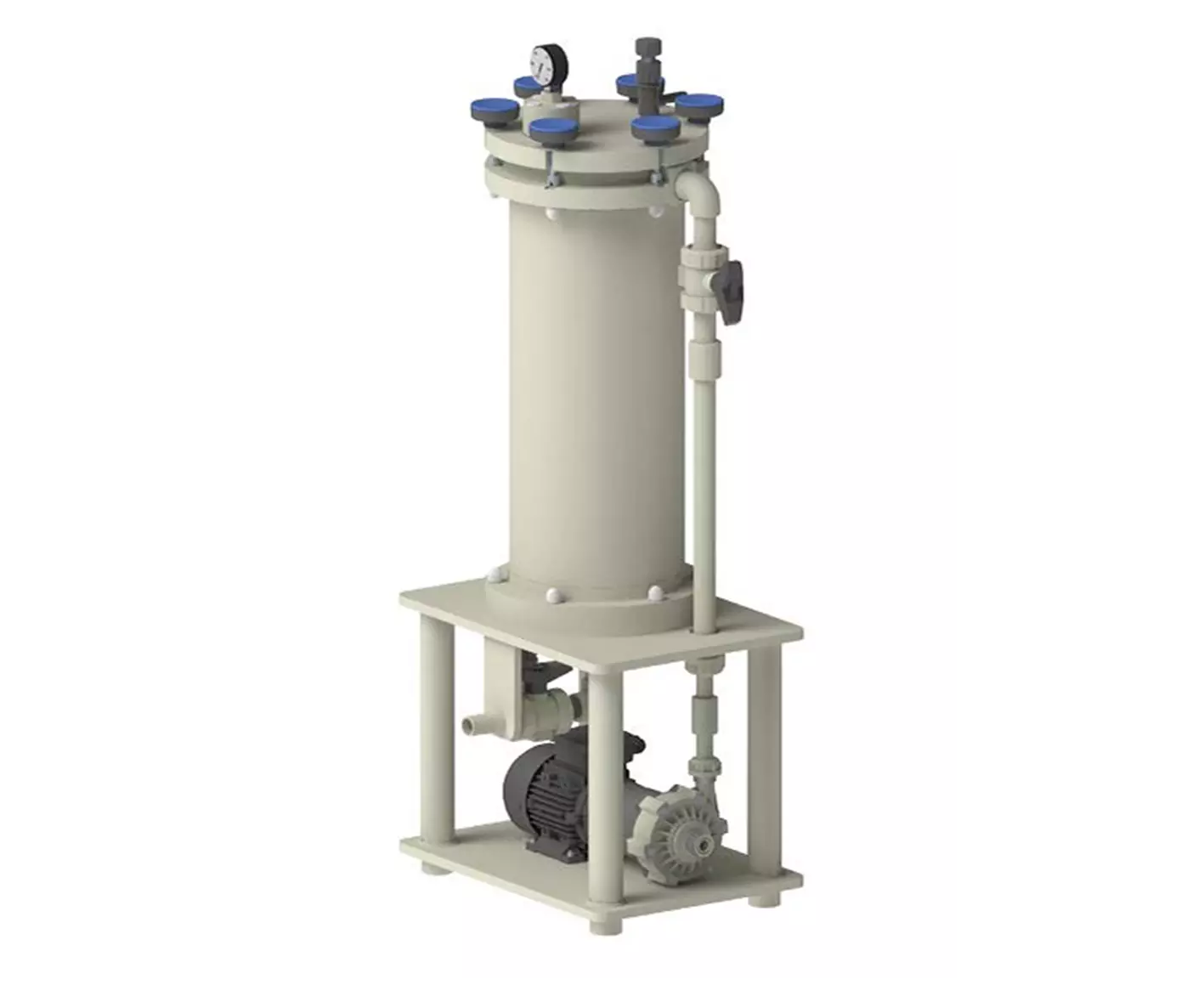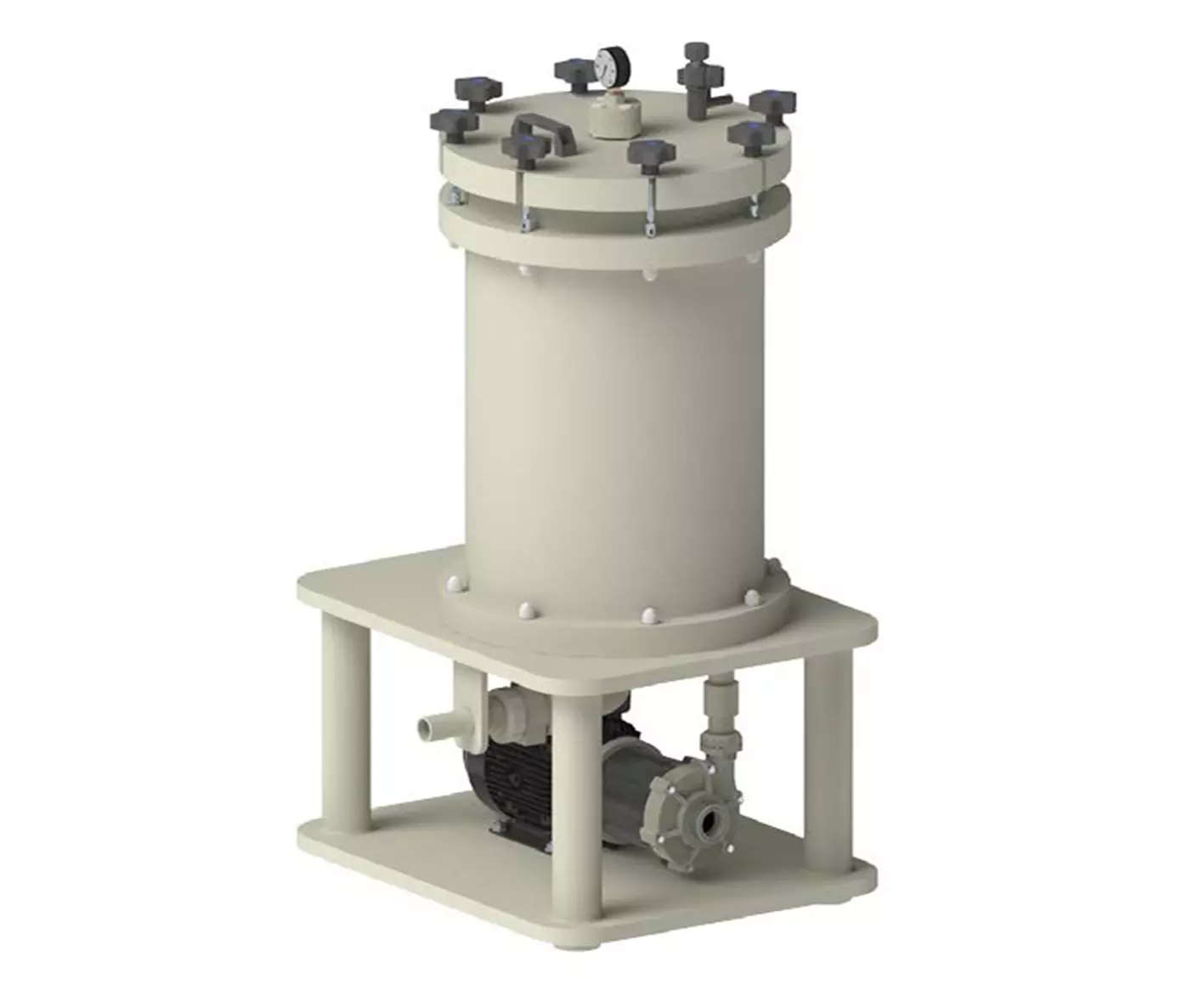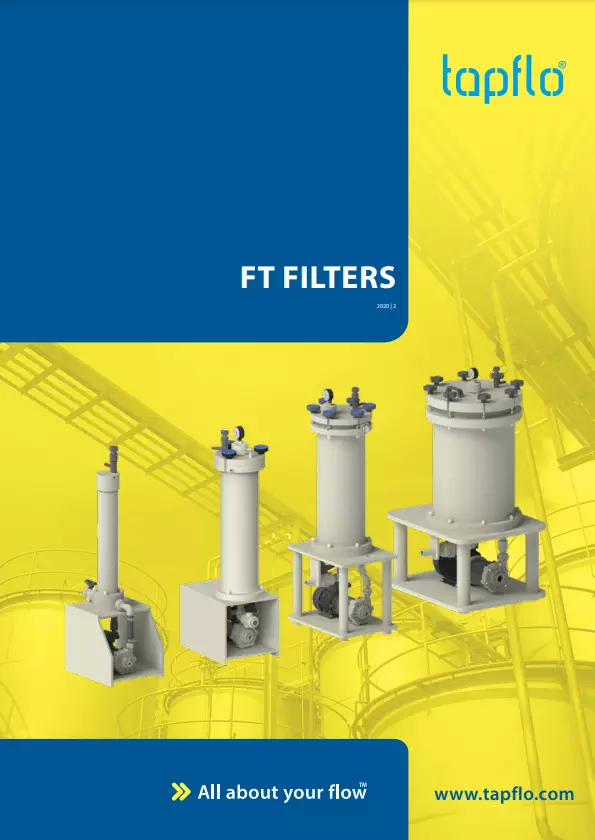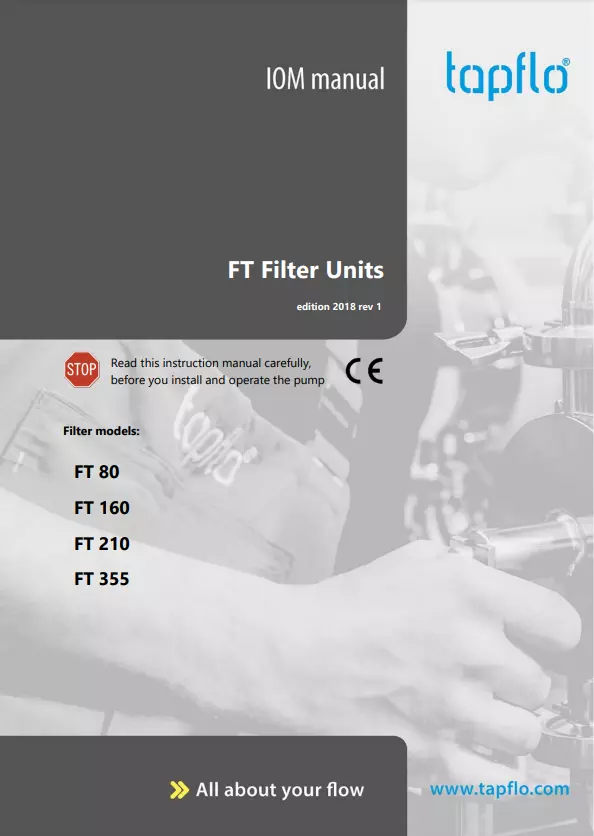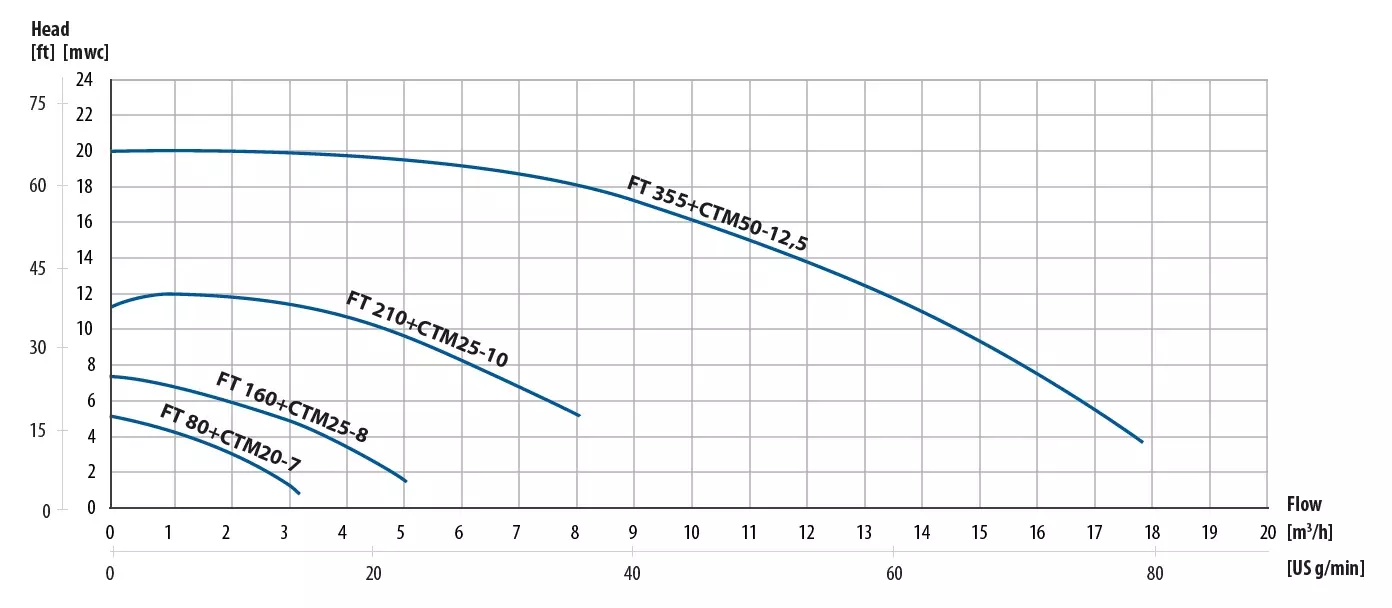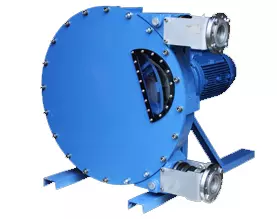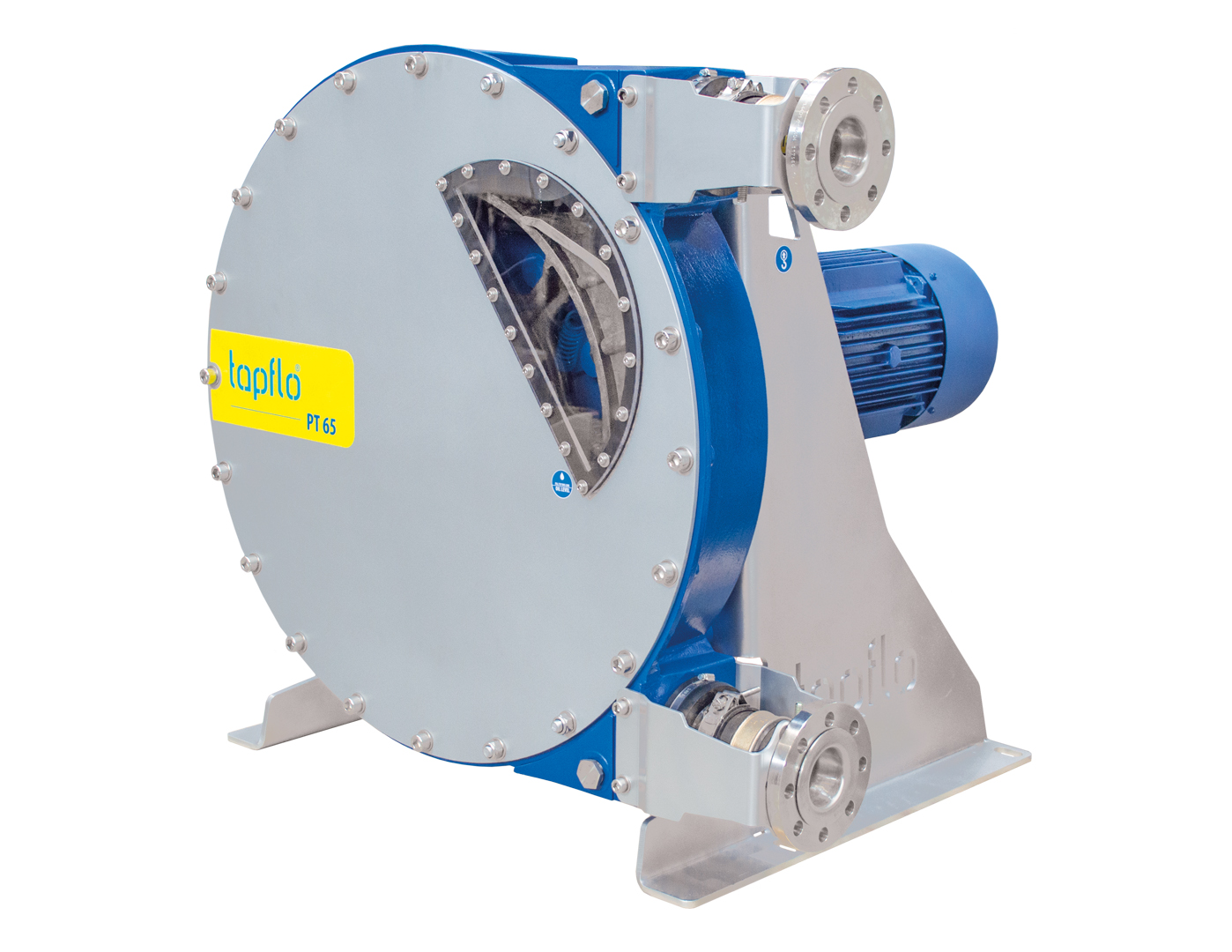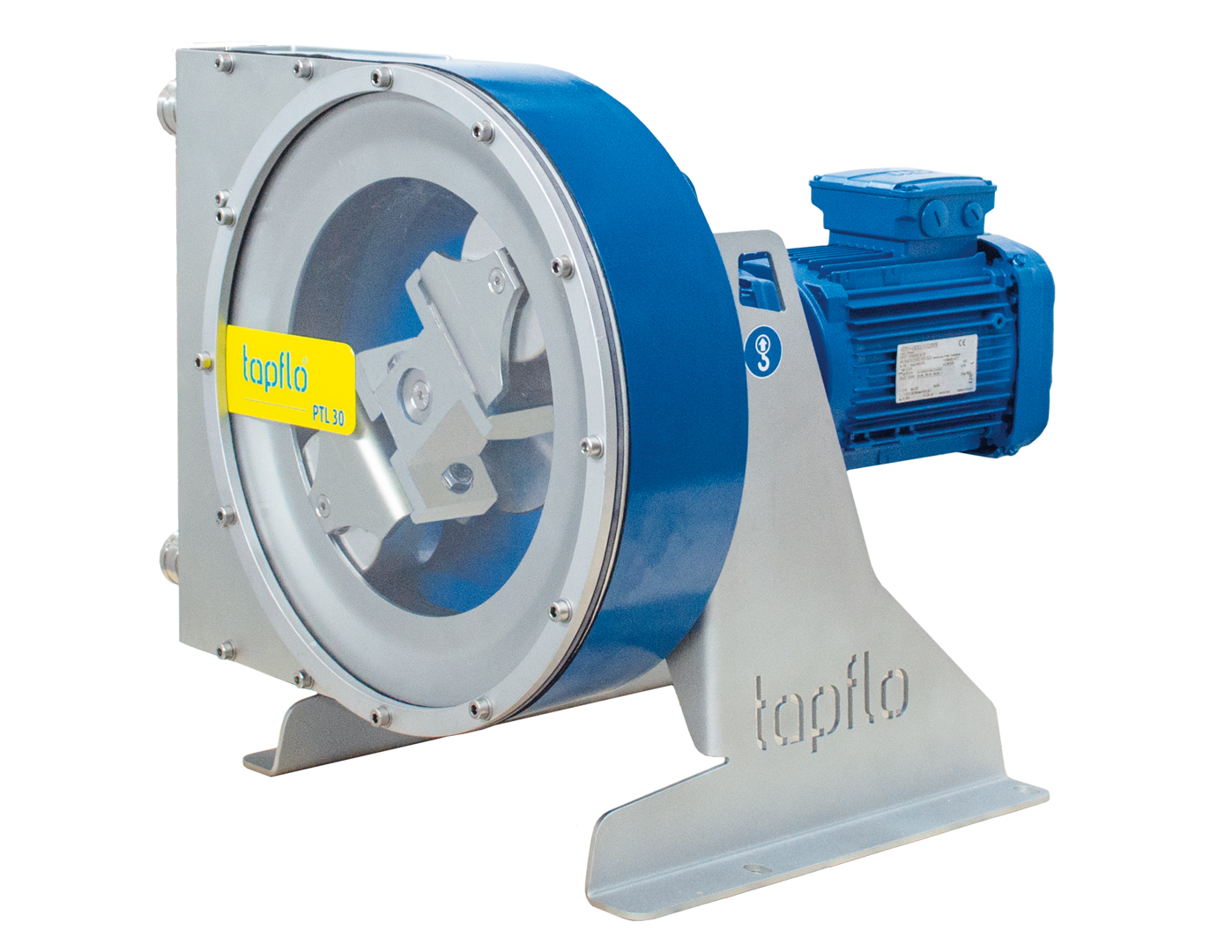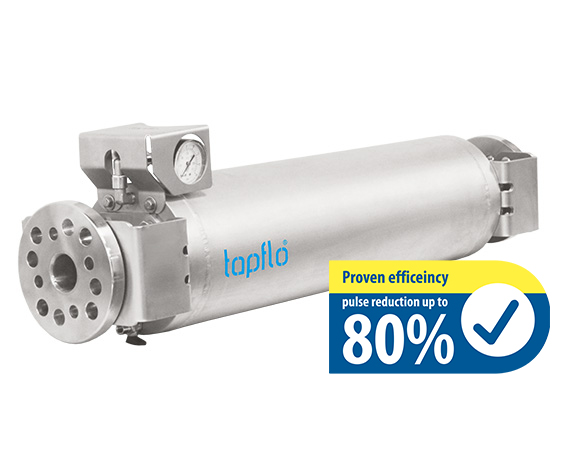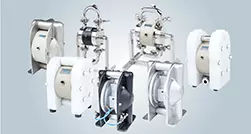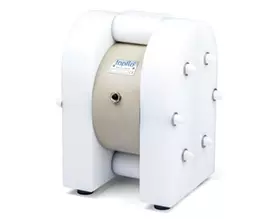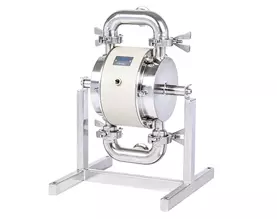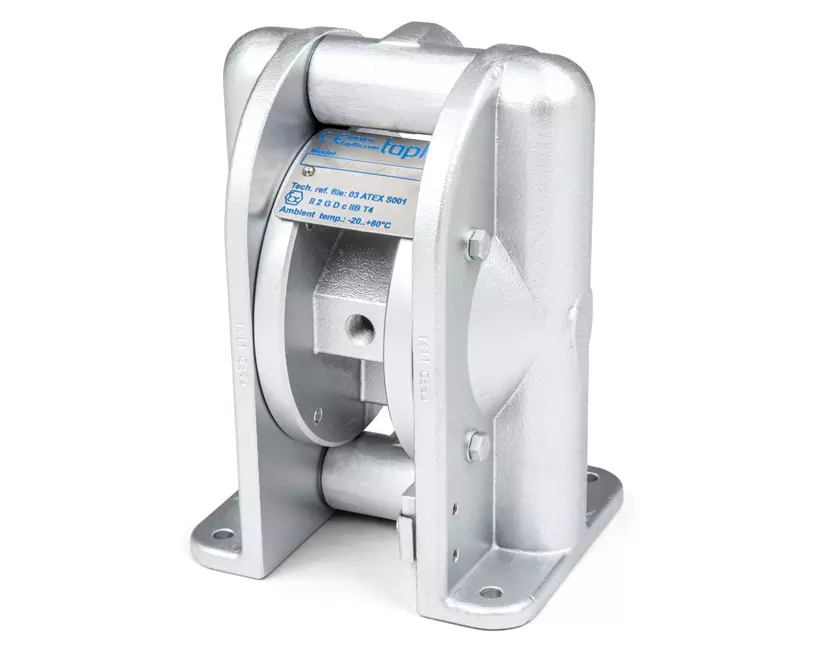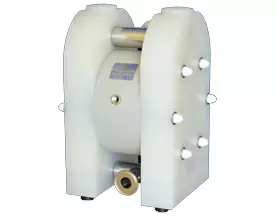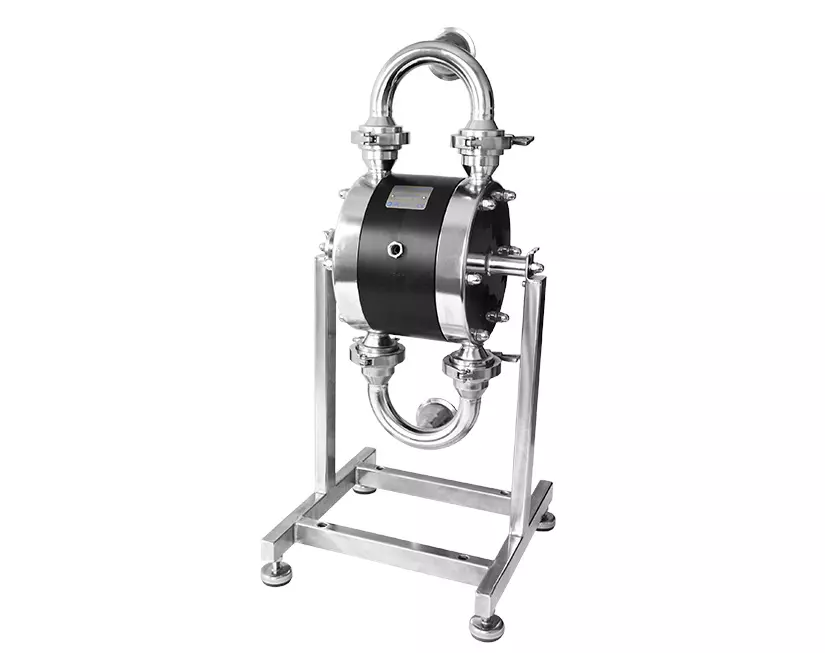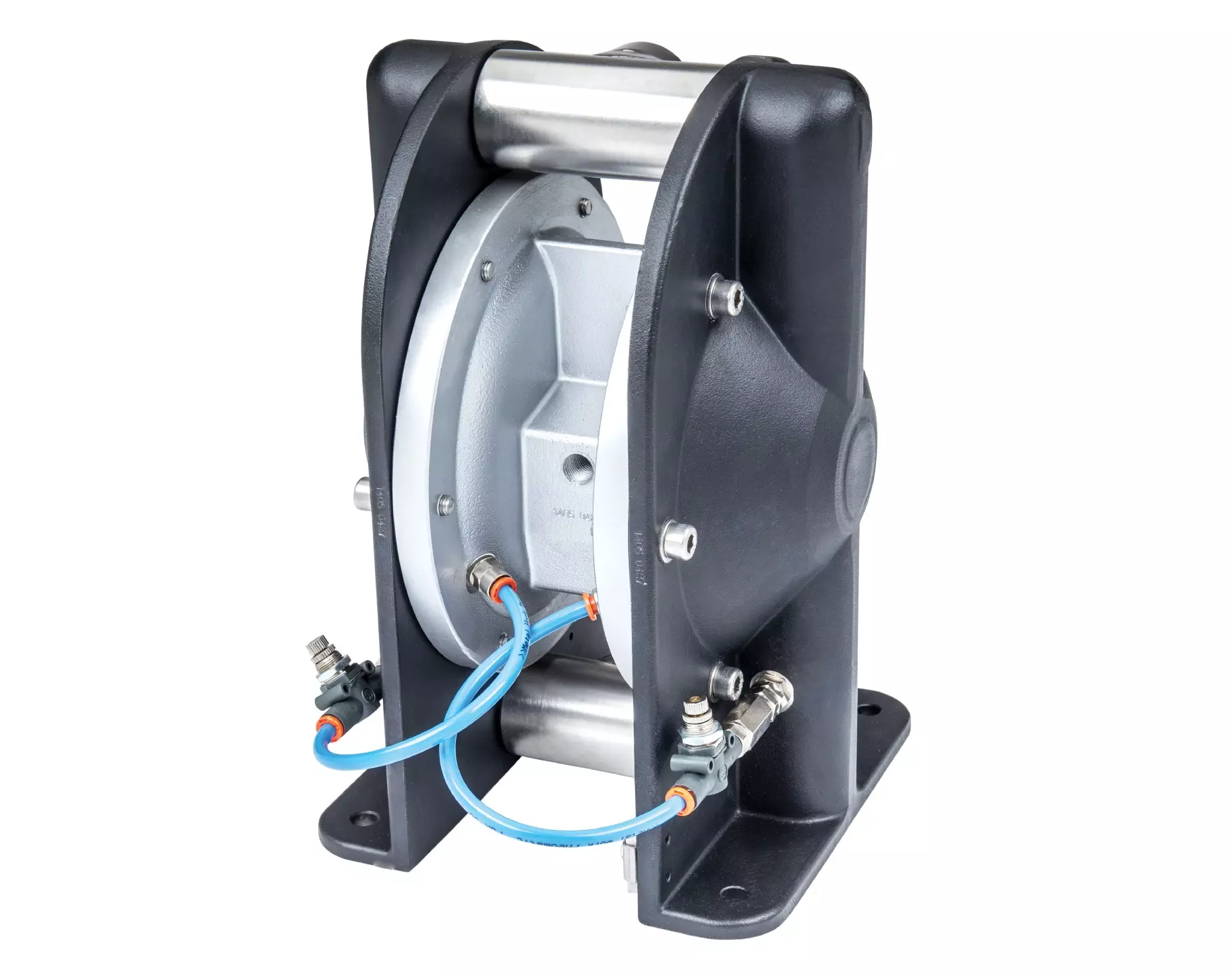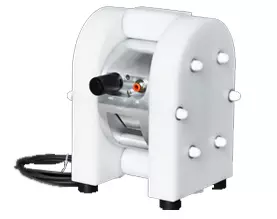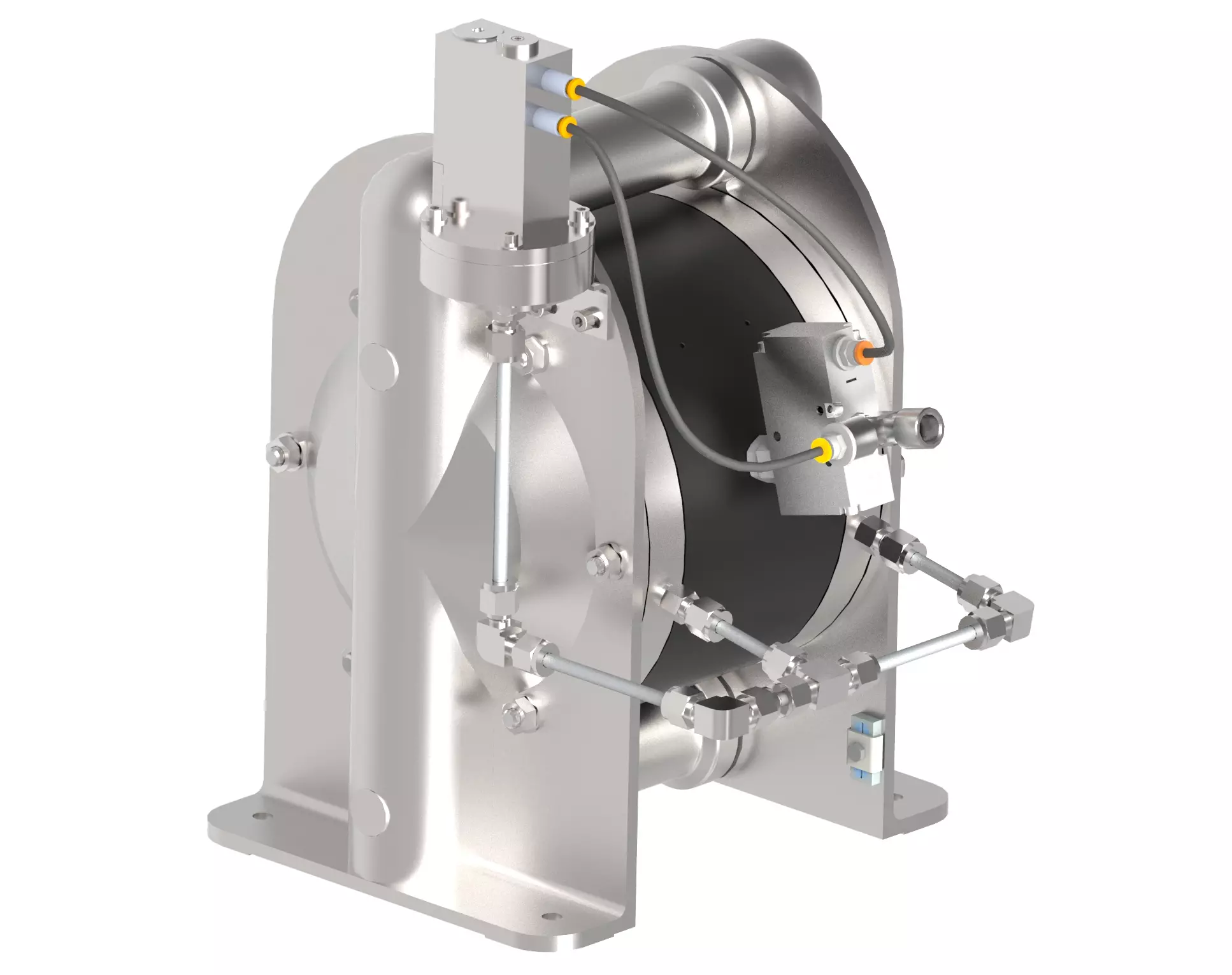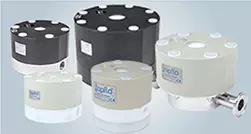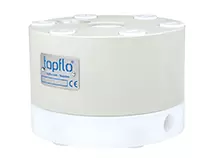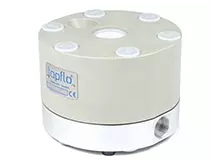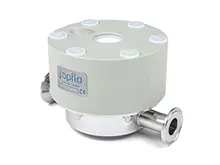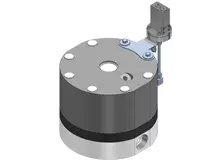ENQUIRE NOW
 World of tapflo
World of tapflo
- EUROPE
- Albania
- Austria
- Baltic States
- Belarus
- Belgium
- Bosnia & Herzegovina
- Bulgaria
- Croatia
- Czech Republic
- Denmark
- Estonia
- Finland
- France
- Germany
- Greece
- Hungary
- Ireland
- Italy
- Latvia
- Lithuania
- Macedonia
- Montenegro
- Norway
- Poland
- Portugal
- Romania
- Serbia
- Slovakia
- Slovenia
- Spain
- Sweden
- Switzerland
- The Netherlands
- Ukraine
- United Kingdom
- ASIA & PACIFIC
- Australia
- Cambodia
- China
- India
- Indonesia
- Japan
- Kazakhstan
- Malaysia
- New Zealand
- Philippines
- Singapore
- South Korea
- Taiwan
- Thailand
- Turkey
- Uzbekistan
- Vietnam

- HOME
- ABOUT US
- PRODUCTS
- PRODUCTS
- See all
- Air operated diaphragm pumps
- Air operated diaphragm pumps
- See all
- PE & PTFE pumps
- PE & PTFE pumps
- See all
- PE & PTFE versions
- Sanitary pumps
- Sanitary pumps
- See all
- Sanitary versions
- Metal Pumps
- Metal Pumps
- See all
- Metal versions
- Pharmaceutical pumps
- Aseptic pumps EHEDG certified
- Powder pumps
- TC Intelligent pumps
- Electrically operated diaphragm pumps
- Pulsation dampeners
- Filter Press pumps
- Filter Press pumps
- See all
- AODD Filter Press pumps
- Steinle Filter Press pumps
- Centrifugal pumps
- Centrifugal pumps
- See all
- CTI industrial pumps
- CTH hygienic pumps
- CTM Magnetic drive pumps
- CTV Vertical Pumps
- CTS series self-priming
- CTS series self-priming
- See all
- CTS pumps execution versions
- CTP Plastic Pumps
- CTX High performance pumps
- CTX High performance pumps
- See all
- CTX H - hygienic series
- CTX I - industrial series
- CTXS - Self-priming high performance pumps
- RD Closed impeller
- RG Semi-open impeller
- RB Channel impeller
- RC Vortex impeller
- Vertical
- Cantilever
- HD Closed impeller
- HG Semi-open impeller
- RS Vortex impeller
- Hose pumps
- Submersible pumps
- Sanitary Screw Pumps
- Lobe pumps
- Industrial mixers
- Hygienic valves
- Filter units
- Accessories
- Tapflo Solutions ™
- Applications
- Applications
- See all
- Hygienic & Sanitary
- Industrial
- Brochures & Manuals
- Tech info
- TAPFLO SOLUTIONS
- CASE STUDIES
- CASE STUDIES
- DIAPHRAGM PUMP FOR UNLOADING IBC
- DIAPHRAGM PUMP WITH BUILT-ON PULSATION DAMPENER
- OIL AND FAT COLLECTION
- CTH FOR THE BREWERY INDUSTRY
- CTH FOR THE DISTILLERY INDUSTRY
- METAL DIAPHRAGM PUMP FOR CHEMICAL INDUSTRY
- EMERGENCY SITUATIONS PUMPS
- WASHING LINE SYSTEMS: CTV AND T50 PUMPS
- MOBILE PUMP WITH HEIGHT ADJUSTABLE INLET
- DIAPHRAGM PUMP FOR THE NUCLEAR INDUSTRY
- TAPFLO PUMPS - LONG LIFE DESIGN AND ROBUSTNESS.
- TC INTELLIGENT PUMP FOR THE CERAMIC INDUSTRY
- WASTEWATER TREATMENT PLANT IN CZECHIA
- TR20 PTT INSTALLED ON THE CONTAINER
- PUMP FOR LIQUID SOAP
- DIAPHRAGM PUMPS FOR CASEIN GLUE PUMPING
- SANITARY PUMP IN NOISE REDUCTION BOX ON HYGIENIC TROLLEY
- HOW WE ADD VALUE WITH OUR FAST DELIVERIES
- ANOTHER SUCCESSFUL PROJECT FOR A LEADING MULTI-NATION PHARMACEUTICAL MANUFACTURER
- NEWS & MEDIA
- CONTACT




